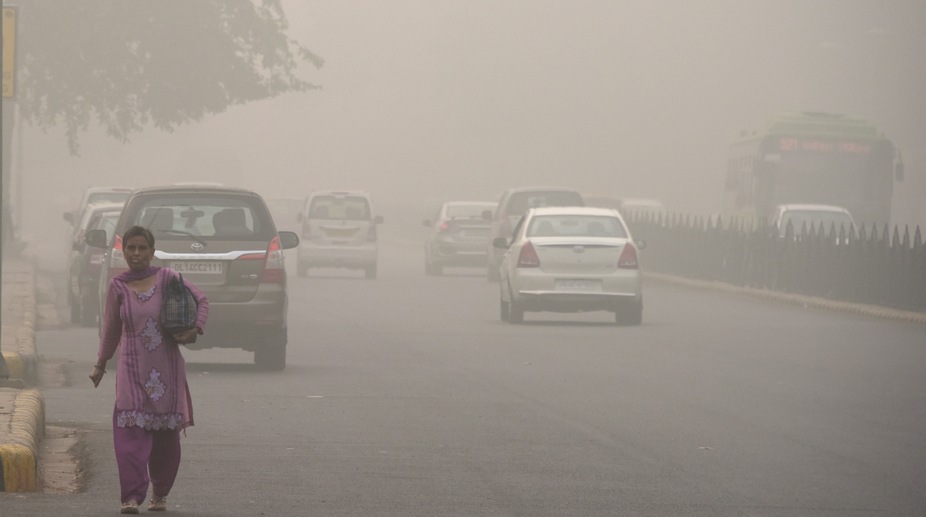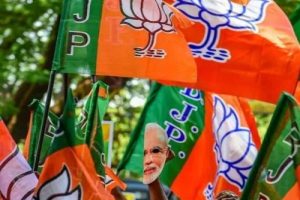Air quality in the National Capital Region (NCR), including Delhi, deteriorated to ‘severe plus or emergency’ category on Thursday after a hiatus of 36 days.
Earlier, the NCR faced an “emergency or severe plus” air pollution situation between November 7 and 14.
With the NCR wreathed in smog since Wednesday, pollution levels witnessed a spike due to several meteorological factors. Delhi is facing an emergency situation for the past many hours.
“At present, the wind speed is a low 1.8 miles per second. The winds blowing from the north have helped in the temperature drop,” an official at the Central Pollution Control Board (CPCB) told IANS.
On Thursday, major pollutant PM2.5 (particles suspended in air with the diameter less than 2.5 micrometres) was above 300 units across the NCR, with Vasundhara in Ghaziabad and Anand Vihar in east Delhi the most polluted areas.
According to data from the Uttar Pradesh Pollution Control Board and the Delhi Pollution Control Committee, PM2.5 concentration at Anand Vihar at 3 p.m. on Thursday was 491 units and at Ghaziabad 550 units — 19 to 22 times higher than the international standards.
Air quality is designated severe plus or emergency if PM2.5 concentration is above 300 units or PM10 is above 500 units.
The international safe limit for PM2.5 is 25 microgrammes per cubic metre as against the national standard of 60 units.
If the air quality situation prevails for more than 48 hours with either of the two major pollutants (PM2.5 and PM10) above the red mark, the Supreme court-appointed Environment Pollution Control Authority brings in severe plus category restrictions under the graded response action plan.
The curbs include a ban on the entry of trucks and construction activities in the city, implementation of odd-even road rationing scheme and closure of schools.












